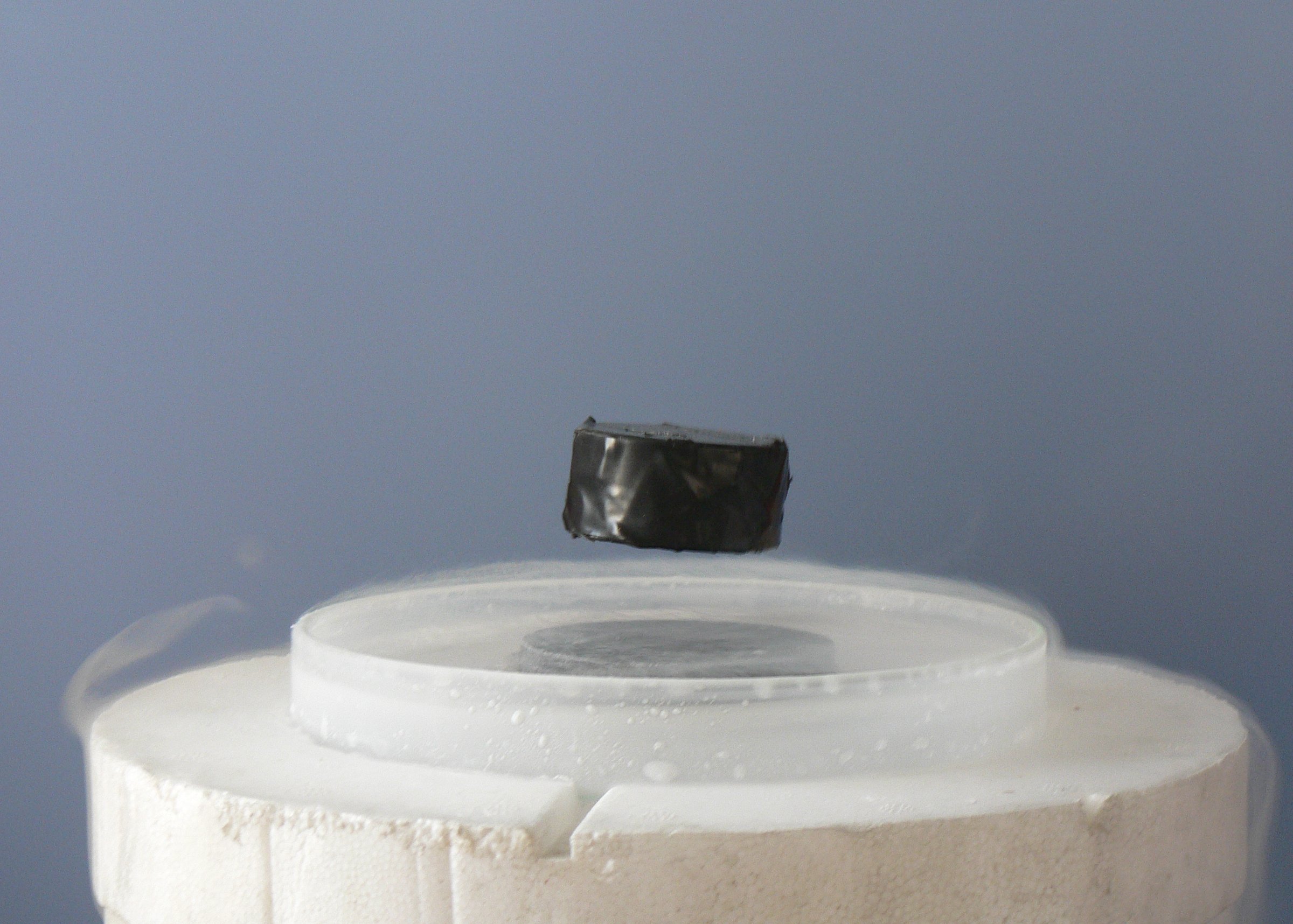Practical applications of Superconductors
- Introduction to Superconductors
- Different Types of Superconductors
- Quantum Mechanics
- Synthesis and Fabrication of Superconductors
- Superconductors and Electronics
- Superconductivity and Energy
- Innovation and the Future of Superconductors
- Reflection and Discussion
Innovation and the Future of Superconductors
Understanding Experimental Superconductors

Electrical conductivity with exactly zero resistance.
Superconductivity, a phenomenon where certain materials can conduct electric current with zero resistance, has been a subject of intense research for over a century. While the practical applications of superconductors are already numerous, the field is still ripe with potential, particularly in the realm of experimental superconductors.
What are Experimental Superconductors?
Experimental superconductors are materials that have been observed to exhibit superconductivity under specific conditions in a laboratory setting. These materials are often at the forefront of superconductor research, pushing the boundaries of our understanding of superconductivity.
Overview of Latest Experimental Superconductors
In recent years, several new materials have been identified as potential superconductors. For instance, hydrogen sulfide was found to exhibit superconductivity at high pressures, while a family of materials known as iron-based superconductors has shown promise at relatively high temperatures.
Role of Experimental Superconductors in Advancing the Field
Experimental superconductors play a crucial role in advancing the field of superconductivity. They allow researchers to test theories and models of superconductivity, leading to new insights and understanding. Furthermore, they can pave the way for the development of new technologies and applications.
Case Studies of Successful Experimental Superconductors
One of the most successful experimental superconductors is yttrium barium copper oxide (YBCO), a high-temperature superconductor that can operate at temperatures as high as 93 Kelvin. Since its discovery in the late 1980s, YBCO has been used in a variety of applications, from magnetic resonance imaging (MRI) machines to power cables.
Another notable example is magnesium diboride (MgB2), a superconductor that operates at 39 Kelvin. While this is lower than YBCO, MgB2 is easier to manufacture and handle, making it a practical choice for certain applications.
In conclusion, experimental superconductors are a vital part of superconductivity research. They provide a testing ground for theories and models, and can lead to the development of new technologies and applications. As our understanding of superconductivity continues to grow, we can expect to see even more exciting developments in this field.